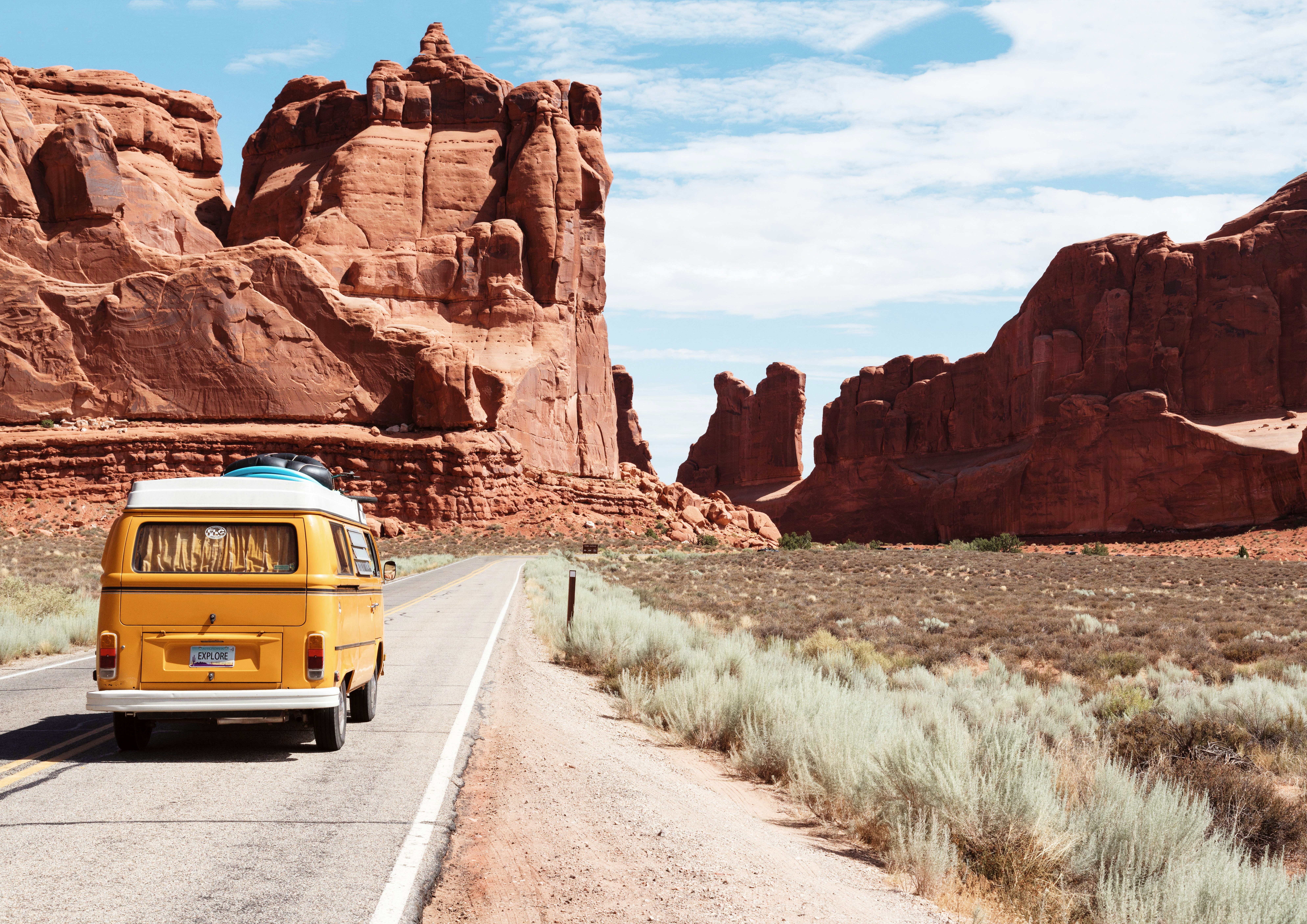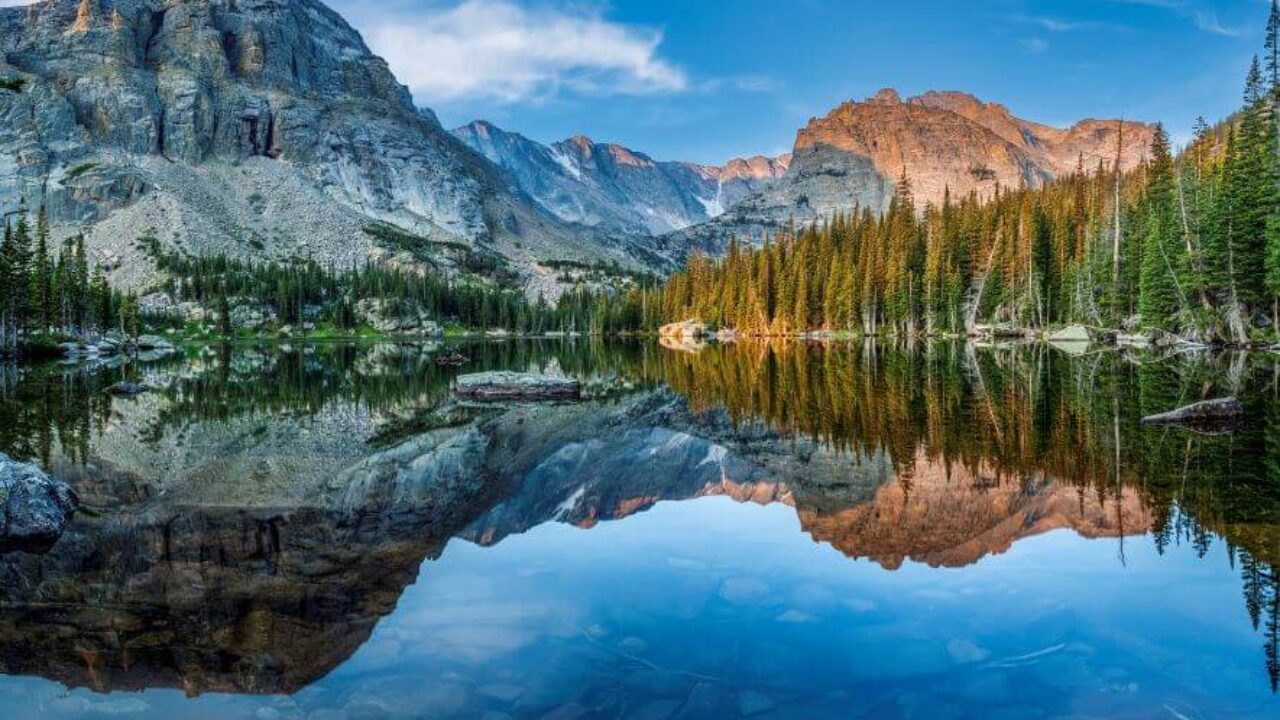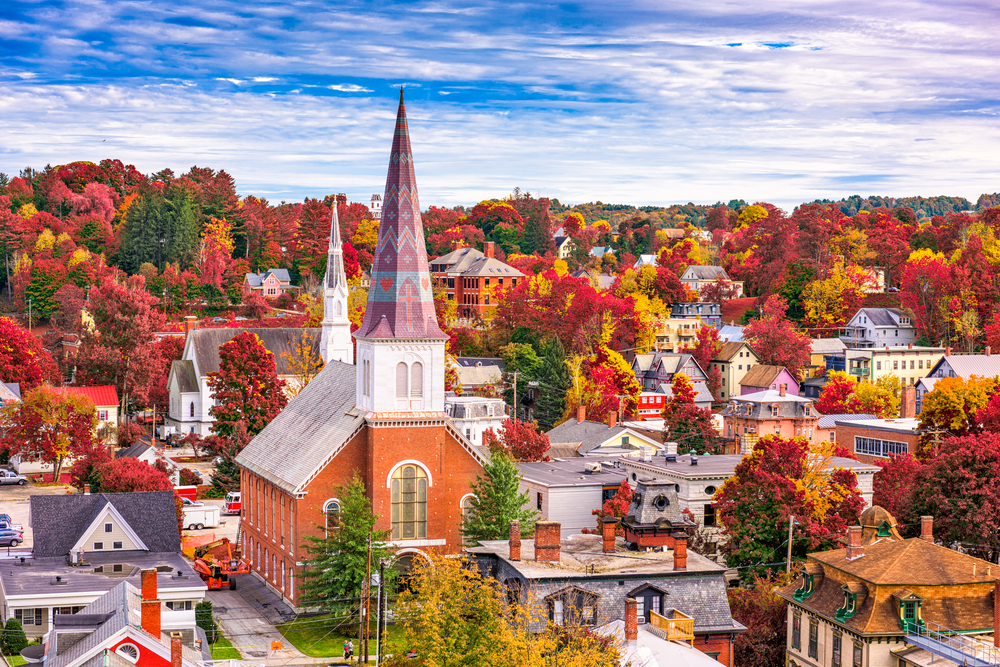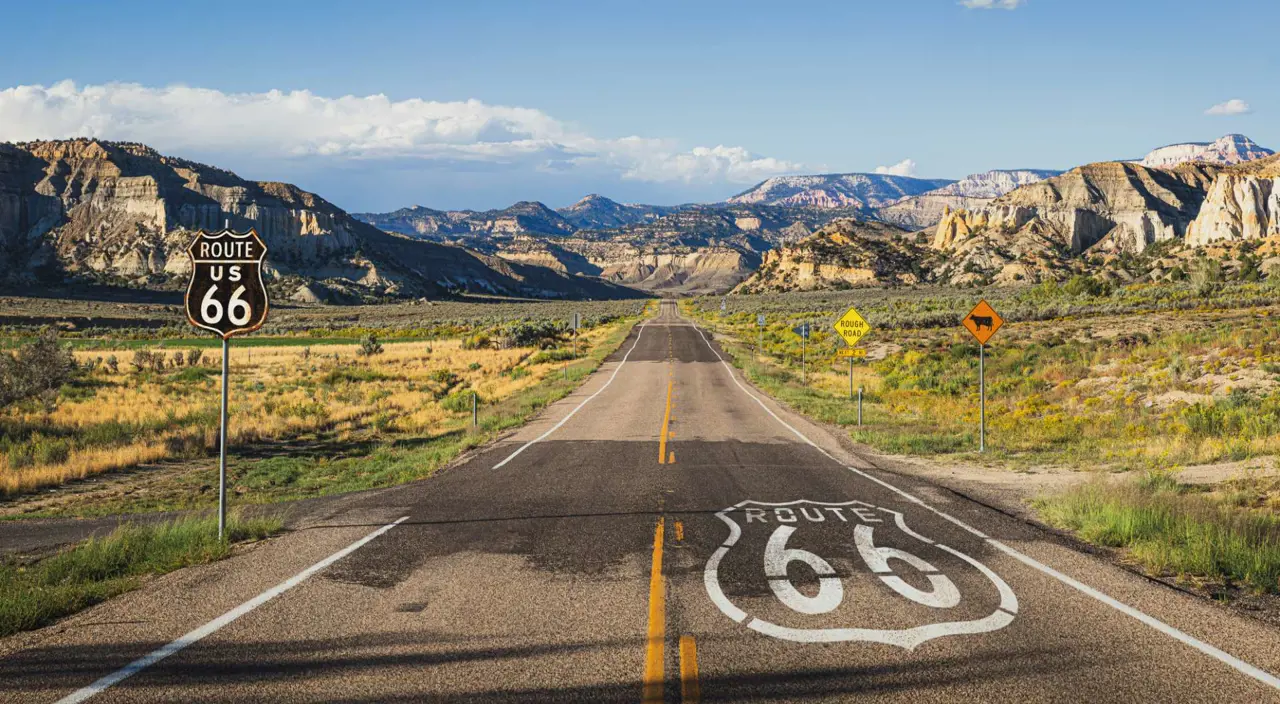While iconic destinations like the Grand Canyon and Times Square capture the spotlight, the United States harbors a treasure trove of extraordinary yet overlooked destinations. These hidden gems offer not just respite from overwhelming crowds, but unique experiences that often surpass their famous counterparts in authenticity and wonder. For the discerning traveler seeking genuine adventures, these lesser-known destinations promise unforgettable memories without the tourist crowds.
Apostle Islands, Wisconsin
Scattered across the crystalline waters of Lake Superior, the Apostle Islands archipelago presents a wilderness paradise of red sandstone cliffs, dense woodlands, and historic lighthouses. The best way to explore these islands is by kayak, paddling through natural sea caves that have been carved by waves over thousands of years. During summer months, experienced guides lead tours through these water-carved passages, revealing chambers filled with delicate mineral formations and echoing waves.
Winter transforms this landscape into an entirely different world. From late January through early March, when Lake Superior freezes, visitors can walk across the ice to explore magnificent ice caves. Frozen waterfalls, delicate icicle formations, and crystalline chambers create an otherworldly environment that photographers and adventure seekers won't want to miss. Local outfitters in Bayfield provide essential gear and guidance for safe ice cave exploration.
The islands' six historic lighthouses tell tales of Great Lakes maritime history, with the most accessible being Raspberry Island Light. Plan at least three days to properly explore the archipelago, allowing time for hiking the pristine trails, watching for black bears and white-tailed deer, and camping under starlit skies unmarred by light pollution. Local fishing charters offer opportunities to catch lake trout and salmon, while bird enthusiasts can spot over 240 species of migratory birds.
Letchworth State Park, New York
Known as the "Grand Canyon of the East," Letchworth State Park carves a dramatic gorge through western New York's rolling hills. The Genesee River plunges over three major waterfalls, with the Middle Falls dramatically illuminated at night during peak season. Visit at sunrise for the best photography opportunities, when morning mist creates ethereal scenes along the gorge.
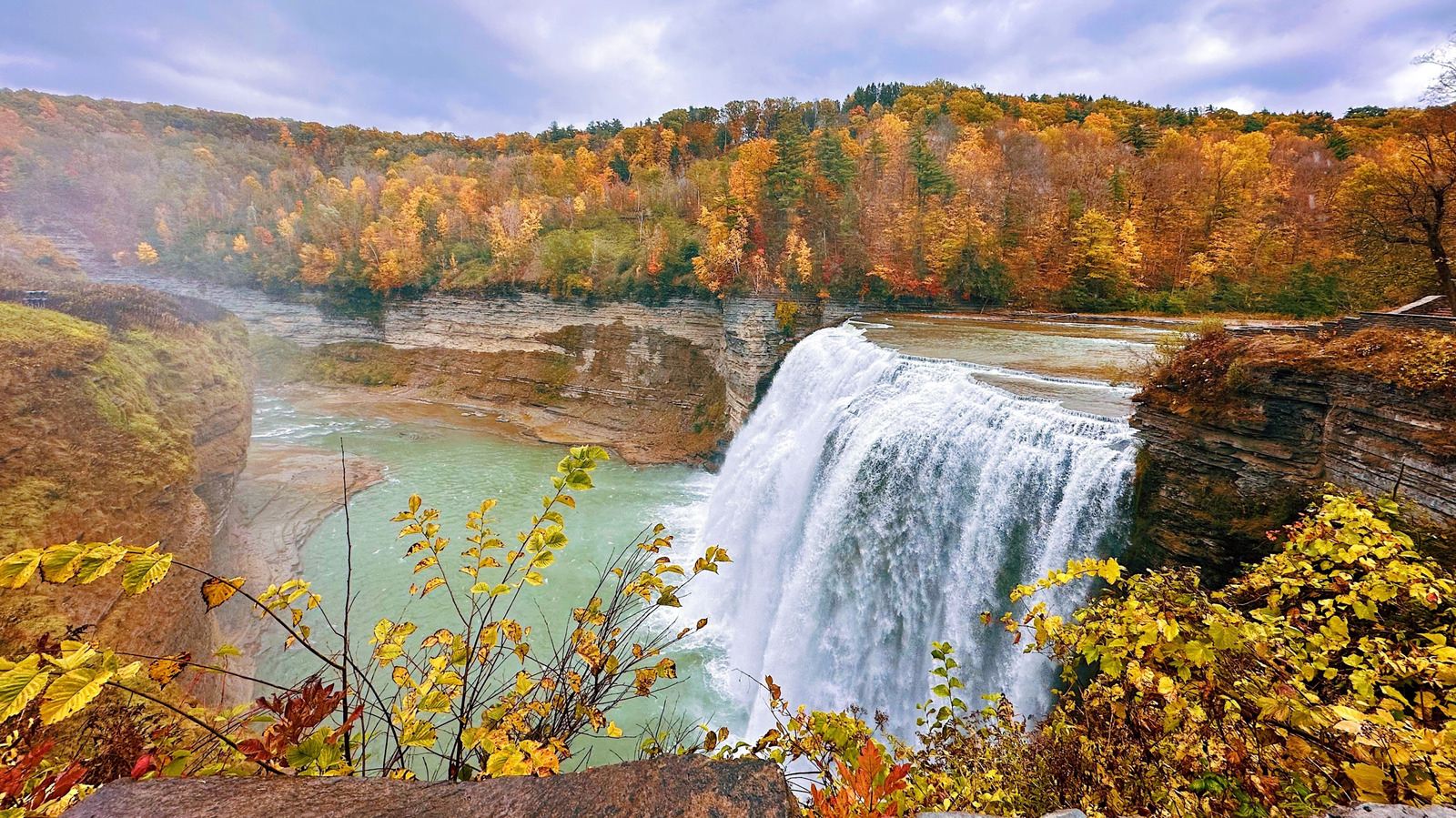
Beyond the falls, the park offers an extensive network of trails that showcase the region's diverse ecosystems. The 7-mile Gorge Trail provides the most comprehensive experience, though the lesser-known Mary Jemison Trail offers intimate encounters with old-growth forest and native wildlife. The park's human history is equally fascinating, with preserved Native American archaeological sites and the restored Glen Iris Inn, former home of the park's founder.
Adventure seekers can book whitewater rafting expeditions through the gorge, with Class II and III rapids providing excitement for both beginners and experienced paddlers. The park's peak colors arrive in mid-October, when sugar maples and red oaks transform the gorge into a canvas of crimson and gold. Hot air balloon rides offer a unique perspective of this autumn spectacle, though flights must be booked months in advance.
Dry Tortugas National Park, Florida
Seventy miles west of Key West lies one of America's most remote and remarkable national parks. Accessible only by boat or seaplane, Dry Tortugas National Park centers around the massive Fort Jefferson, a 19th-century fortress built from over 16 million bricks. Book the first ferry of the day to maximize your time on the island and enjoy the clearest waters for snorkeling.
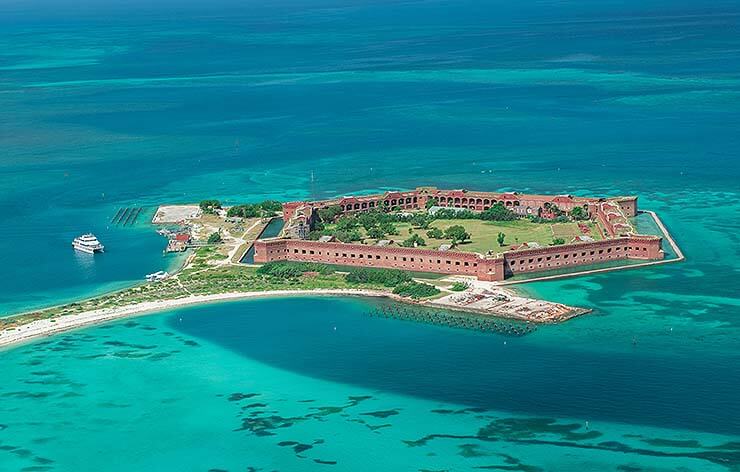
The surrounding waters harbor a vibrant underwater ecosystem, with coral reefs teeming with tropical fish, sea turtles, and nurse sharks. The best snorkeling spots can be found along the moat wall and at Little Africa reef, where shallow waters make it perfect for beginners. The park's isolation has preserved its marine life, offering some of the most pristine reef experiences in North America. Advanced divers can explore deeper sites where shipwrecks from various centuries rest on the sandy bottom.
While most visitors come for day trips, camping on Garden Key provides an extraordinary opportunity to experience the park after the day crowds leave. Nights offer unparalleled stargazing, as this is one of the darkest sky locations in the eastern United States. Bird enthusiasts should visit during spring migration, when the fort's parade ground becomes a rest stop for thousands of sooty terns, frigate birds, and other tropical species.
Palouse Region, Washington
The Palouse challenges conventional notions of American landscapes with its undulating hills of wheat and canola fields stretching to the horizon. This agricultural region in eastern Washington presents a constantly changing canvas of colors, from the vibrant greens of spring to the golden waves of summer harvest. Steptoe Butte State Park offers the most commanding views, with its 3,612-foot summit providing a 360-degree panorama of the surrounding countryside.
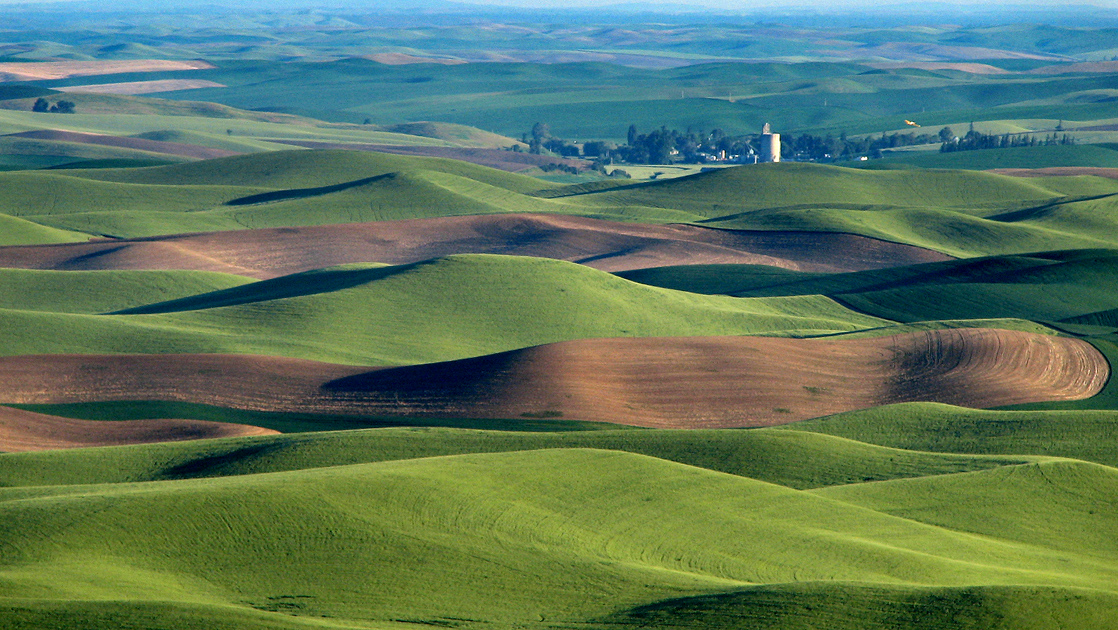
Photographers flock to the region during the "golden hours" of early morning and late afternoon, when long shadows accentuate the hills' sculptural qualities. The best photography conditions occur in late May through early June, when the wheat fields display their most vivid greens and scattered clouds create dynamic light patterns across the landscape. Local photography guides can lead you to hidden vantage points and teach techniques for capturing this unique terrain.
The small towns scattered throughout the Palouse tell stories of American agricultural heritage. The town of Palouse itself offers well-preserved 19th-century architecture, artisan shops, and farm-to-table restaurants serving locally sourced cuisine. Visit during harvest season to witness massive combines creating geometric patterns across the hills, or explore the area's growing wine scene, where vintners are establishing unique terroirs in this distinctive landscape.
Planning Your Journey
Exploring these hidden gems requires thoughtful preparation. Book accommodations at least three months in advance, especially for peak seasons like autumn in Letchworth or summer in the Apostle Islands. Consider basing yourself in nearby small towns rather than major cities - you'll often find better value and more authentic local experiences.
Weather can significantly impact your experience at these destinations. The Palouse is best photographed on partly cloudy days, while Dry Tortugas requires calm seas for comfortable ferry rides and clear snorkeling. Always check local conditions and maintain flexible itineraries when possible. Many of these locations have limited cell service, so download offline maps and bring physical guides.
Supporting local communities enhances both your experience and the destination's sustainability. Seek out locally-owned accommodations, hire local guides, and dine at independent restaurants. Take time to learn about local conservation efforts and consider contributing to preservation initiatives that help maintain these remarkable places for future generations.
